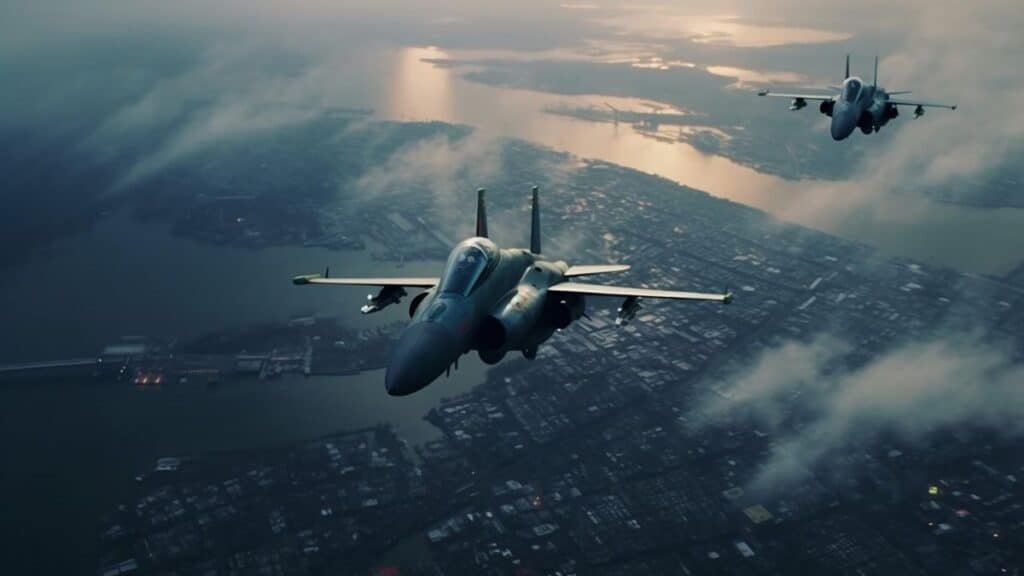When we talk about fighter jets today, names like the F-35 or the Su-57 often come to mind. These jets are the pinnacle of air combat technology, but here’s the thing—before they existed, there was a groundbreaking aircraft that changed the game entirely. It was called the Messerschmitt Me 262, and it was the world’s first operational jet fighter.
Nazi Germany’s Leap Ahead
In the final years of World War II, Nazi Germany unveiled a weapon that seemed like it belonged to a completely different era. The Me 262 first flew in 1944, and it immediately became the world’s first jet-powered fighter aircraft to see combat. Many historians consider its debut to be the true beginning of modern air combat.
Speed and Power Beyond Its Time
Let’s break it down: The Me 262 was miles ahead of anything the Allies had at the time. It could fly faster than the best piston-engine fighters in the Allied arsenal, like the P-51 Mustang. It could reach speeds of 540 mph (870 km/h), making it about 100 mph faster than the Mustang. This speed advantage allowed German pilots to engage Allied bombers, strike, and retreat before enemy fighters could even react.
The Plane That Shaped Future Jets
The Me 262 wasn’t perfect. It had a range of technical issues when it was first tested, which delayed its deployment. But what this really means is that the lessons learned from these challenges laid the foundation for the jet fighters that would follow. The design, speed, and firepower of the Me 262 influenced everything from radar-evading stealth bombers to modern-day supersonic jets.
Me 262’s Deadly Armament
The Me 262 was equipped with four 30mm MK 108 guns and could carry 24 R4M rockets. These rockets were particularly deadly against bomber formations. With a service ceiling of 37,500 feet and a climb rate of 3,900 feet per minute, the Me 262 wasn’t just fast—it was also an excellent intercepting fighter. It could zoom in on Allied bombers, strike quickly, and escape before they even had time to retaliate.
The Strategic Impact
What made the Me 262 so revolutionary was its speed and ability to engage in air-to-air combat at a level never seen before. It forced the Allied air forces to rethink their strategies and adjust to a new kind of aerial warfare. In short, it showed the world how technological superiority could change the course of a war.
The Legacy of the Me 262
Even though the Me 262 didn’t have a long operational life, it marked the beginning of the jet age in combat aviation. Without it, modern fighter jets might not have developed the way they did. The Me 262 was a proof of concept that helped pave the way for future innovations in military aviation. Today’s radar-evading, supersonic fighters owe a lot to its design.
A Glimpse into the Future of Air Combat
While it was far from flawless, the Me 262 was far ahead of its time. The development of jet technology since then has been rapid and revolutionary. Still, it’s hard to overstate the significance of the Me 262. In many ways, it gave us a glimpse into the future of air combat and military technology as a whole.
Read More: China’s Secret Weapon Against U.S. GBU-57 MOP Bunker Buster
Watch India Pakistan Breaking News on The Ink Post. Get Latest Updates, Latest News on Movies, Breaking News On India, World, Explainers.
Follow us on Facebook and Instagram and LinkedIn and Twitter to Stay updated!




